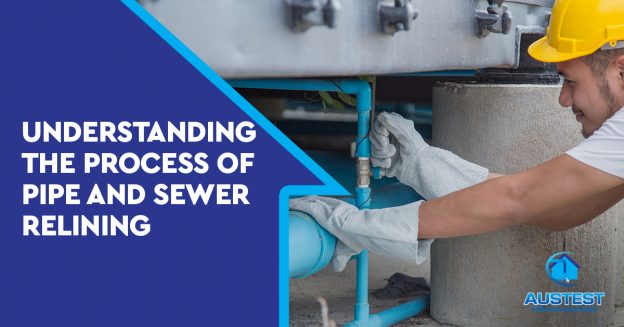The plumbing system at home or at a business property has an estimated useful life, beyond which you have to replace the drain pipes. In some cases, corrosion and/or cracking of the plumbing lines might necessitate replacing the plumbing much earlier than its estimated useful life.
Pipe and sewer relining give property owners the ability to increase the life and extend the usability of their already installed plumbing network. This is where we will explore the process of pipe and sewer relining when it comes to repairing plumbing lines.
Traditionally, replacing plumbing meant excavating and removing materials surrounding the plumbing to access the pipes. The entire process of excavation and replacement of the pipes is not only tedious but also expensive. There’s a lot to learn about what drain and sewer pipe relining is and its many benefits.
Pipe and sewer relining using the cured-in-place pipelining (CIPP) on the other hand, is a much simpler process that is cost-efficient.
The creation of a pipe within a pipe process involves:
- Inspection of the sections of the pipes that need relining.
- Cleaning of the pipes.
- Installation of the liners and the rubber bladder.
- Removal of the rubber bladder.
Step #1. Inspection Of The Plumbing System
Every pipe or sewer lining project begins with the inspection of the plumbing system.
Using a remote camera system, professional plumbers inspect the entire plumbing system, noting its state and mapping the system.
Additionally, during the inspection process, the plumbers can draw up the best and most efficient plans of how to complete the task.
Step #2. Cleaning The Pipes And Or Sewer Lines
After inspecting the pipes and sewer lines, the next step is to clean the pipes or sewer line.
The cleaning process removes all the hardened scale, debris, tree roots, and any other material that may block the pipes or sewer lines.
Cleaning pipes and sewer lines is an essential part of relining. The cleaning process helps the relining felt to adhere to the original pipe or sewer line easily.
While there are many cleaning methods that plumbers use, water jetting is one of the most popular and most effective pipe cleaning methods around.
After cleaning the pipes or sewer lines, a final inspection is performed using CCTV cameras. This ensures that the pipes are ready for relining.
Step #3. The Installation Of The Liner
To install the liners, the felt liner is saturated with two parts.
After that, plumbers usually score the outer surface of the liner, enhancing its ability to adhere well to the pipes.
The proper adhesion between the two is needed to negate the chances of water filling the space between the outer walls of the new pipe and the inner walls of the old pipe.
The liner is then pulled in place and positioned correctly. The rubber bladder inside the epoxy-impregnated felt liner is expanded to adhere to the walls.
The felt liner is allowed to cure in place, taking the shape of the pipe. The liner can be cured with the help of hot water. However, most of the time, it is allowed to cure naturally.
Step #4. Removing The Rubber Blabber
As the final step, the rubber bladder is deflated and removed, leaving behind a pipe within a pipe. To make sure the new pipe works properly, plumbers will perform some final checks. The junctions are inspected, and the entire length of the pipe is inspected as well.
When plumbers are satisfied with the result, they refit the valves and couplings. They finally perform water flow rates, volume testing, and water quality testing to make sure the system is functioning as it should.
At the end of the installation process, the pipe or sewer line is renewed while the structure or ground remains intact and unaffected.
CIPP helps property owners when it comes to replacing old and damaged pipes and sewer lines in a fast, cost-efficient, and non-destructive manner.
Call The Relining Experts
If you’re looking for a pipe and sewer line specialist give Austest Pipeline Solutions a call on 1800 532 533. We use advanced technology and equipment to not only clear your blocked drains but reline your plumbing system to save you time and reduce excavation costs.

